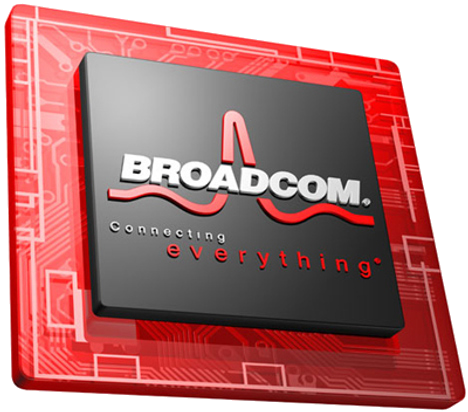Cable Technology Feature Article
DOCSIS-Based EoC Cable Architecture Gets a Boost from Broadcom
 By Nick Ruble, TMCnet Contributing Writer
By Nick Ruble, TMCnet Contributing Writer
Broadcom Corporation (News - Alert) recently announced its DOCSIS-based Ethernet over Coax (EoC) cable architecture is now available, attaining speeds of up to one gigabit per second (Gbps).
The new architecture complies with China’s Next Generation Broadcasting initiative (NGB) – providing fast, dependable and cooperative triple play services for China.
With added network capacity, the quality and consistency of high definition video conferencing will unquestionably see significant improvements. Broadcom’s DOCSIS-based EoC architecture is a complete software and hardware solution including Coax Media Converter, DOCSIS 2.0 and 3.0 cable modems and set-top box system-on-a-chip solutions.
"With top operator support in China, our DOCSIS-based EoC technology pushes the envelope in speed and network capacity to support demanding services like video chat,” said Dan Marotta, Broadcom’s Executive Vice President.

Improvements video chat will see with this upgrade have gained remarkable attention, but what are the other benefits of the added bandwidth?
Accelerated deployment of HDTV programming
With a resolution of 1920x1080, HD video is all but light on bandwidth. The network hog that it is, a slower connection means having to wait considerably longer for HD programs to load than a conventional VGA resolution. Chances of waiting longer than a fraction of a second for those high quality channels are slim to none at speeds of 1Gbps.
Improved responsiveness for DVRs
Since most DVRs work with a built in tuner, the cable line is fed directly into the box. DVRs usually aren’t terribly responsive in the first place, considering the hardware provided. The time it takes for video to move through cable lines and into the DVR is greatly reduced when given such a generous amount of network capacity. Responsiveness will subsequently rise when pausing or rewinding live television, as well as catching back up to real time.
Share content between devices in a home network
One gigabit per second is equal to 128 megabytes per second. Not quite as quick as sharing files through FireWire or USB, but if one needs to transfer a video or two from DVR “A” to DVR “B”, things would be notably faster than at average connection speeds.
Broadcom’s implementation of this new cable architecture greatly improves on the entire experience of digital television, as well as file sharing and over-the-network communication like video conferencing.



